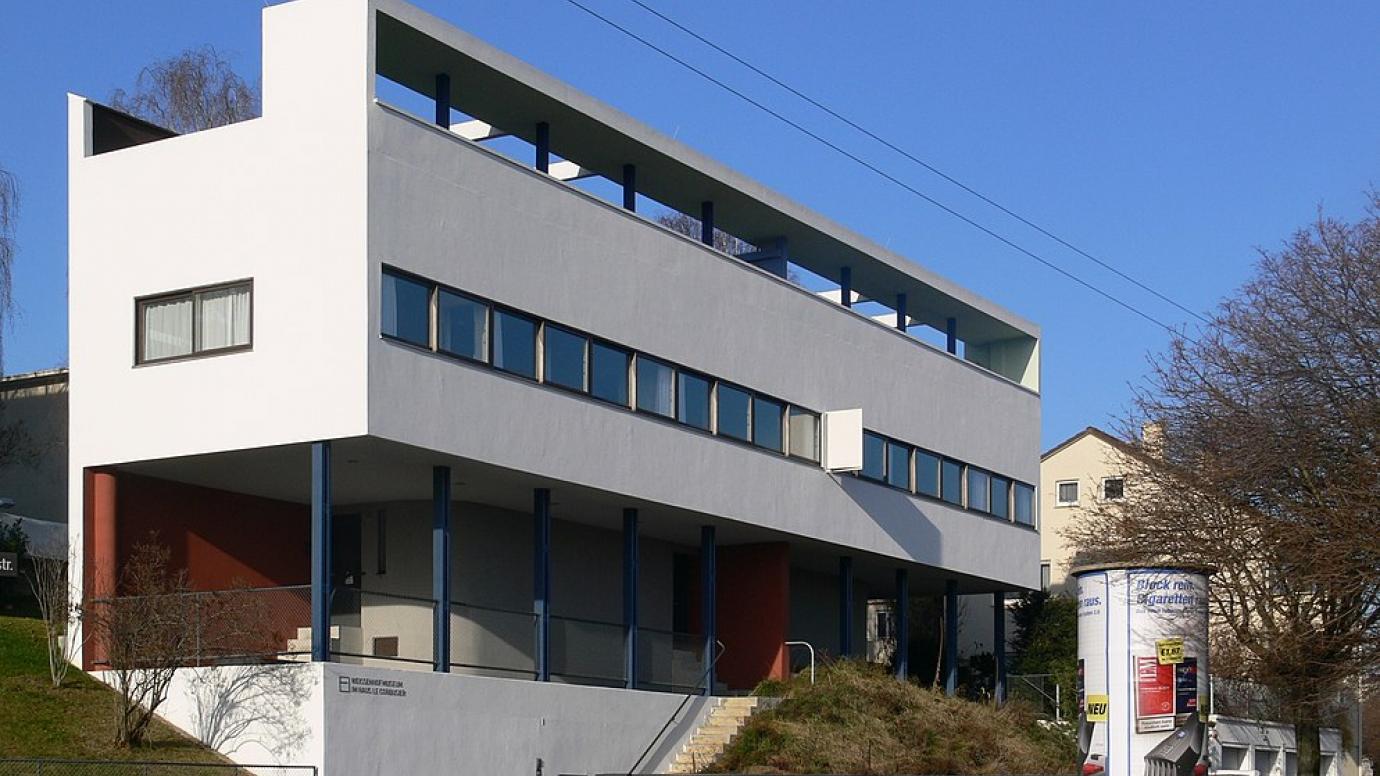The Werkbund Estates in Europe 1927-1932 is a transnational site, comprising 4 countries (Germany, Poland, Czech Republic, Austria) and 5 towns (Stuttgart, Wroclaw, Brno and Prague, Vienna). After World War I, there was an urgent problem across Europe of a wide-spread lack of suitable housing. In response under the banner “New Objectivity” avantgarde architects from different parts of Europe wished to find affordable solutions that met social need with well-designed, high quality buildings.
The first Werkbund Estate, Weissenhof, was built in Stuttgart in 1927, and it inspired others to adopt modernist principles to similar projects. The other estates followed from 1928 to 1932. All faced difficulties in conveying their progressive ideas to a broader public. Under the Nazi regime the buildings were derided for their modernism. Post WW II, with some Werkbund Estates behind the Iron Curtain, the estates went in separate ways. In 2013 a network of the estates was formed to promote exchanges of good practice and advice for their preservation. The Werkbund Estate in Zürich (Switzerland) is part of the 2013 network.
The Werkbund Estates in Europe 1927-1932 started as an architectural experiment but had a profound influence on 20th century modernist architecture by allowing architects from different European countries to put their modernist theories into practice. The Estates are a manifestation of the European origins of this movement with substantial developments in 5 countries.
The Werkbund Estates have an important place in the history of architecture in Europe, but the evolution of the settlements over time also reflects the various political and social situations between the East and the West. Their social, emancipatory, aesthetic and technical aspirations and the lessons learnt remain a source of inspiration for the present day where several European countries are also struggling to provide adequate social housing for their populations.



